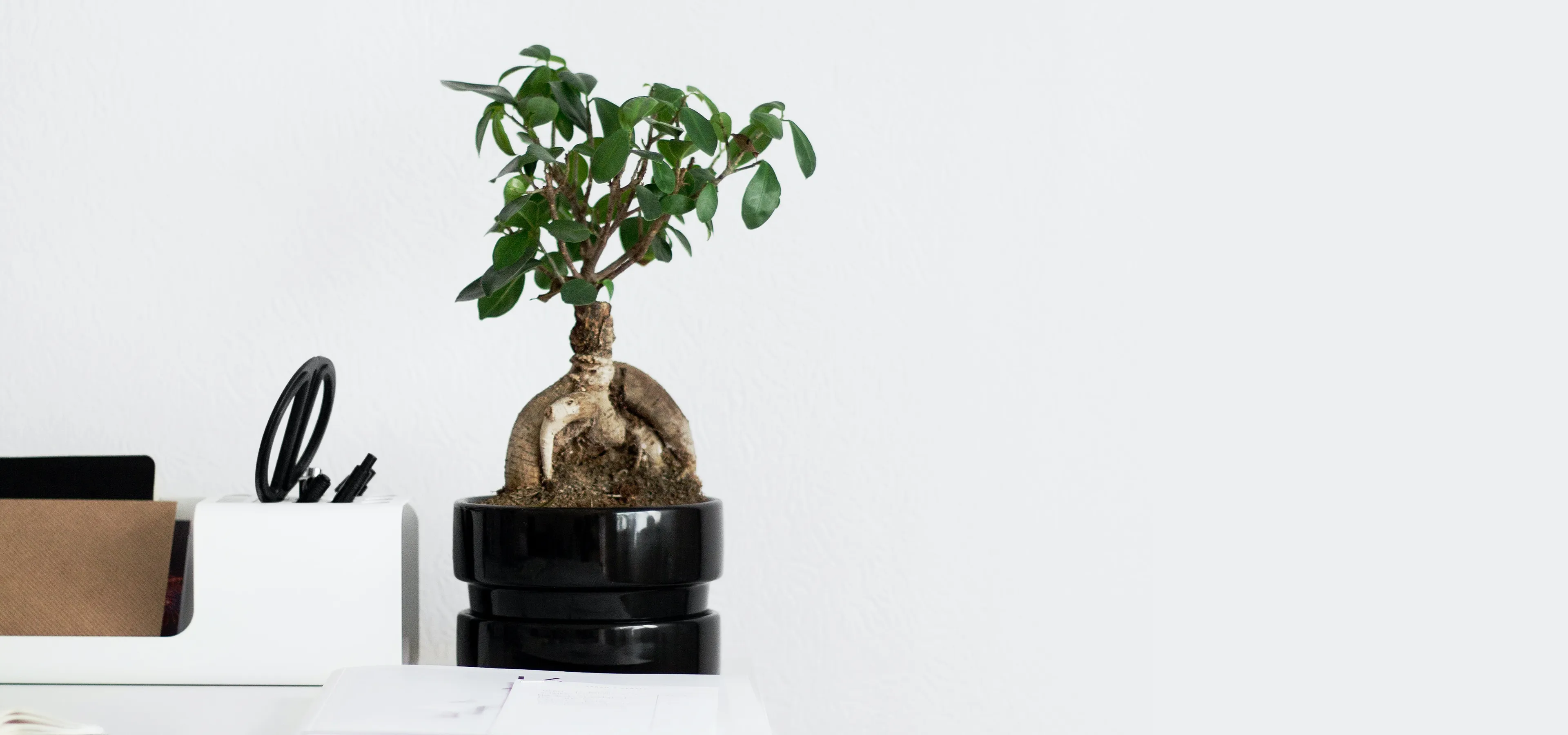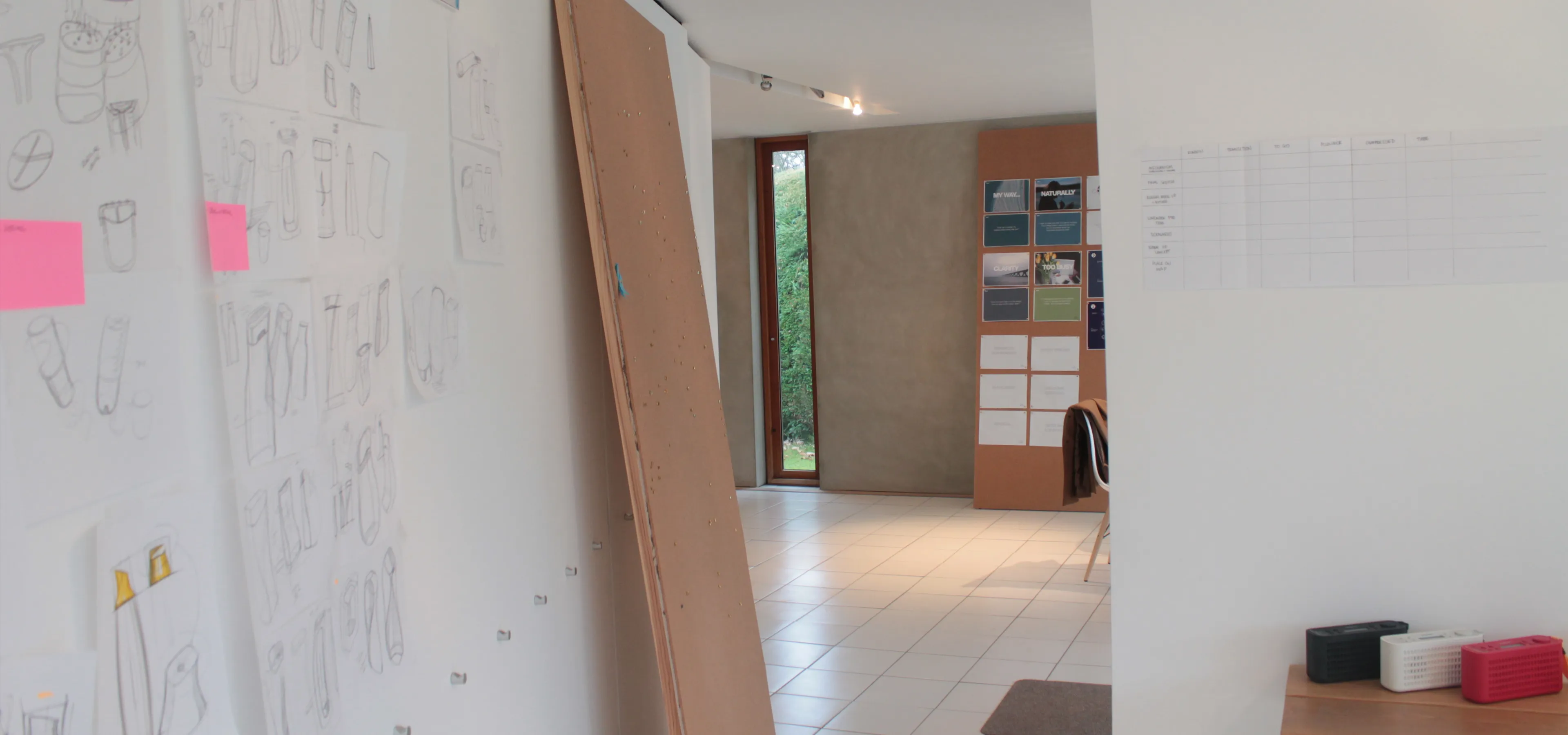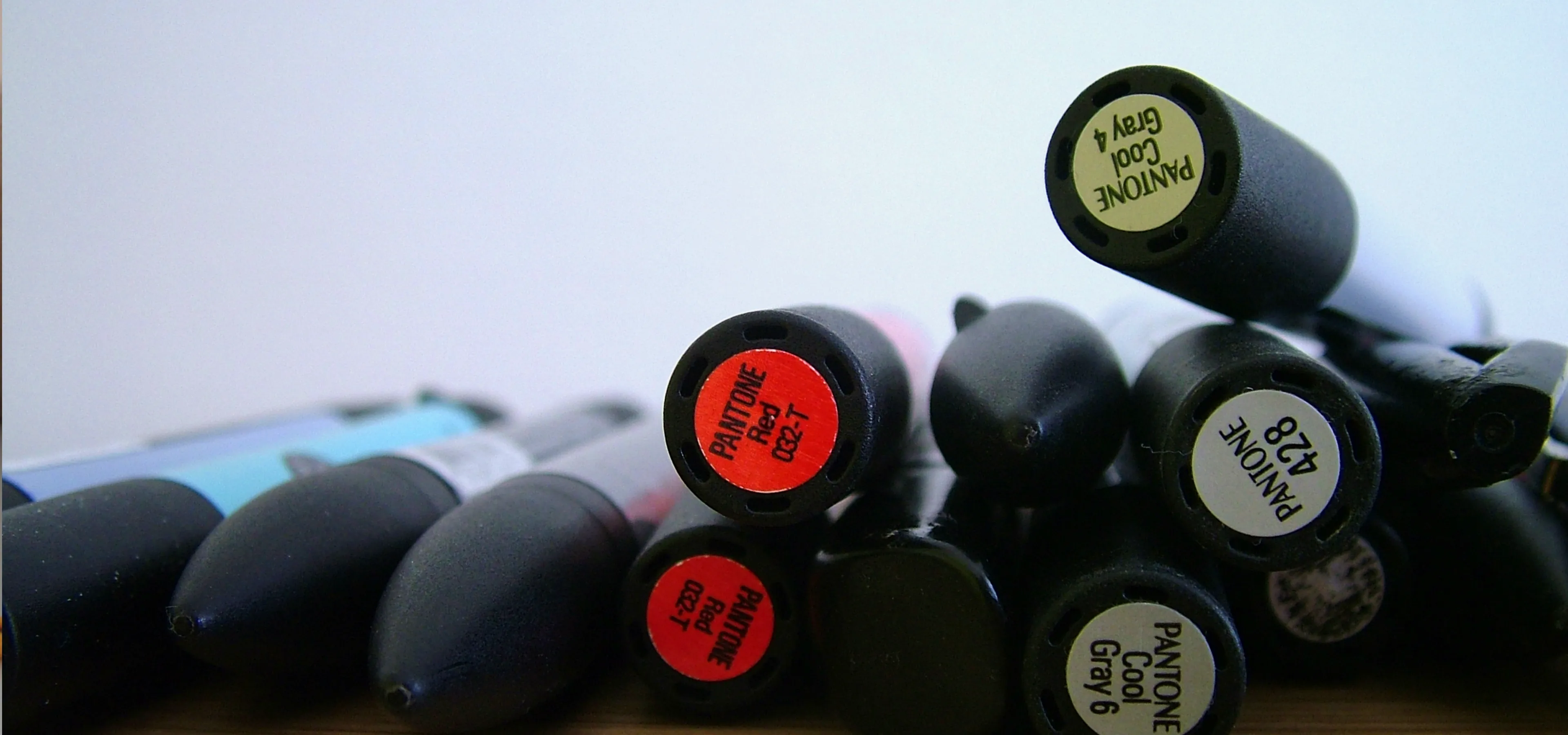How to land your first product design job
Author Béatrice Lorans
Looking to kickstart your product design career?
Through our portfolio advice clinics, we’ve had the opportunity to meet with some budding designers and see some of the brilliant work they’ve been doing in recent months. It’s genuinely heartwarming to see fresh talent with so much promise. But it’s also been a bit of a throwback for myself, bringing me back to a time when I was breaking into the industry.
Stepping into the professional realm, especially in a field as vast as product design, can feel overwhelming. How do you present your unique skills and vision, especially when you’re still trying to figure it all out?
In light of this, I wanted to share some practical tips and key takeaways from our recent sessions that will help you get your first job in this exciting industry.
Let’s get started!
1. Maximise the impact of your user research
Demonstrating thorough and thoughtful user research not only reflects your analytical skills but also underscores your commitment to creating user-centric designs. That being said, there’s a tendency to go overboard here, with research often presented in an off-putting “academic” way: too much text, too many photos. All these elements are then squished into one slide, which buries the valuable insights within.
Here are some quick tips to improve your user research:
Simplicity with Substance:
There’s a sweet spot between minimalism and meaning. As mentioned above, avoid overwhelming slides with excess text, images, or academic jargon.
Clarity and Conciseness:
Highlight essential takeaways. Clearly outline the goal, methodology, and specifics of your research, preferably within 1-2 comprehensive slides.
Highlighting Outcomes:
Bring forward the results. Showcase what you gleaned from the research and how it informed your subsequent decisions.
Visual engagement:
Whether it’s photographs, infographics, or sketches, ensure they’re clear and engaging. A well-structured slide isn’t just about the content, but also its breathing space.
2. Embrace your difference and tell your story
Anyone embarking on their product design career will share the same foundational skill-set – creativity, problem solving, analytical skills. But if you’re trying to fit into the perfect product designer profile, I’ve got some bad news for you: it doesn’t exist.
Your best bet? Ditch the one-size-fits-all approach. Every designer is shaped by their unique journey. Perhaps you ventured into engineering, dabbled in woodworking, or even studied medicine. These experiences mould your identity as a designer.
Own it – but take the reins on your narrative. Project presentation is as much about what you choose to show as how you show it. Perhaps your mockups played a crucial role in concept selection, or maybe you want to spotlight user research and strategy.
3. Don’t forget the process!
Remember in maths class when the teacher asked to see how you reached the correct answer? A similar logic applies here. While end results are vital, the process of getting there is equally intriguing. Your project’s journey, from inception to completion, showcases your problem-solving skills, your unique process as a designer. That’s what makes you stand out.
Don’t shy away from discussing lessons learned from projects that didn’t quite hit the mark. Your ability to roll with the punches and pivot when a plan falls apart won’t go unnoticed by potential employers.
4. Don’t downplay your efforts
Despite the great work we’ve seen from budding design students in our portfolio sessions, I’ve definitely noticed some hesitancy when it comes to self-promotion. You certainly shouldn’t be cocky, but when presenting, avoid preemptively downplaying your project with phrases like “it’s simple” or “I ran out of time.”
Instead, embrace your work wholeheartedly, focusing on its strengths and what it has taught you. Simple, low-tech, only on research, or WIP, embrace your project and the stage it’s at. There is always something interesting about it.
5. A word on email etiquette
Simply put: don’t forget to CC! When reaching out to potential employers, make sure that all relevant parties are looped in. A cohesive conversation often streamlines the process, saving everyone time and potential miscommunication.
Before our portfolio clinics, we often find ourselves asking each other at the studio, “Did you get their response?” or “Have you received their portfolio?” It’s much easier when everyone is in the same conversation. A little extra care can go a long way when it comes to landing that first product design job.
Starting out in the vast world of product design is both thrilling and challenging. But with passion, persistence, and the right presentation tools in your kit, you’re poised to carve a unique niche for yourself.
To any design students, graduates or career switchers who are interested in joining our portfolio clinic, drop us a line at [email protected]
We’re always happy to share constructive feedback and tips to get you noticed.



